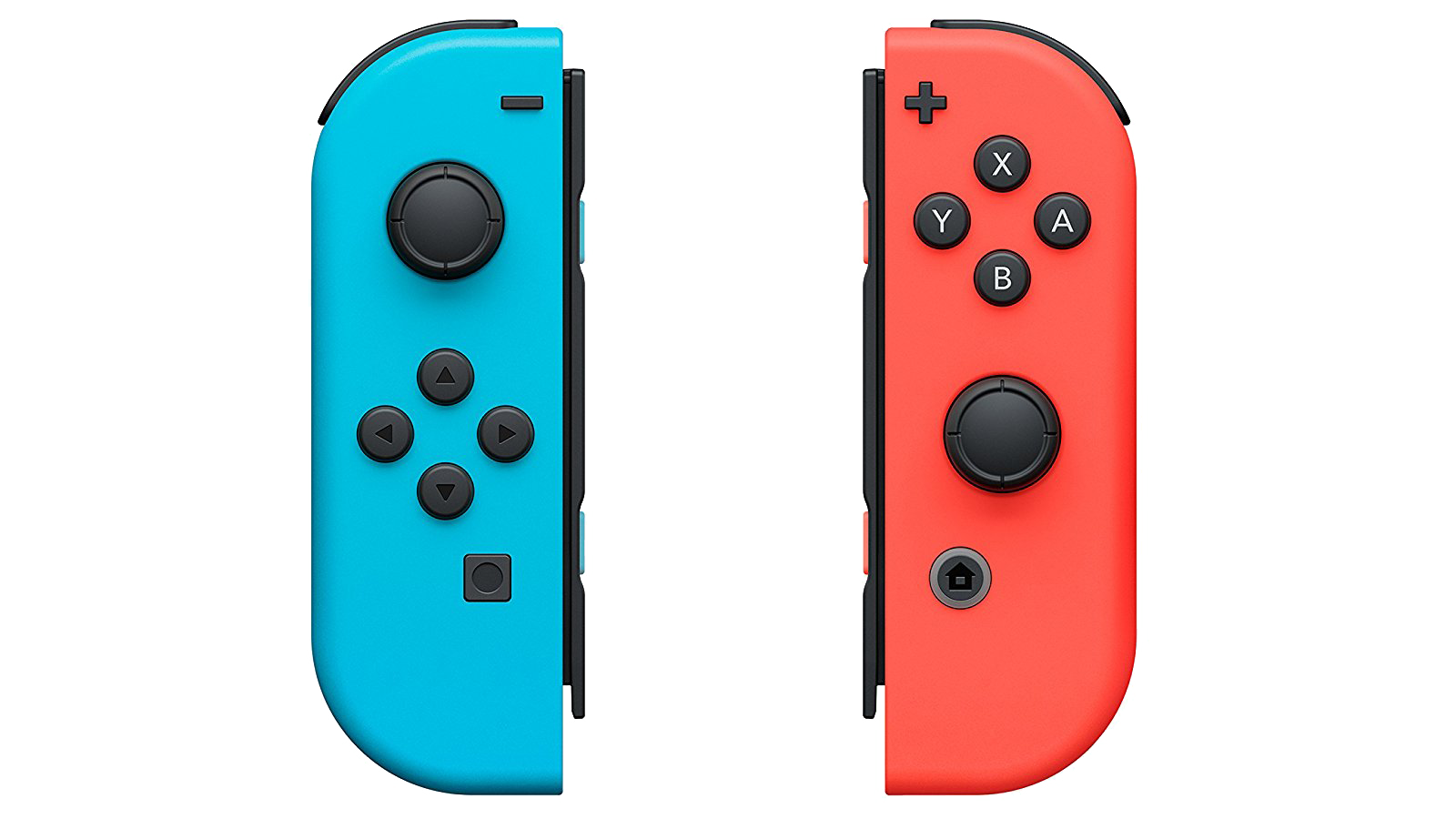13 essential things I wish I knew before buying Nintendo Switch
Everything you need to know about Nintendo Switch hardware and the future of the console
So, you've read our review and you know what Switch is actually like to use. Here is a little more information about what the hardware actually does, what upcoming games you can expect, and any future functionality. Nintendo Switch will cost you $299.99 / £279.99 at launch. We got a look at everything that comes in the Nintendo Switch box, with your choice of a plain grey JoyCon pair to go with your Switch, or the colorful, neon blue and red JoyCons to snap onto your Switch.
How does it actually work?
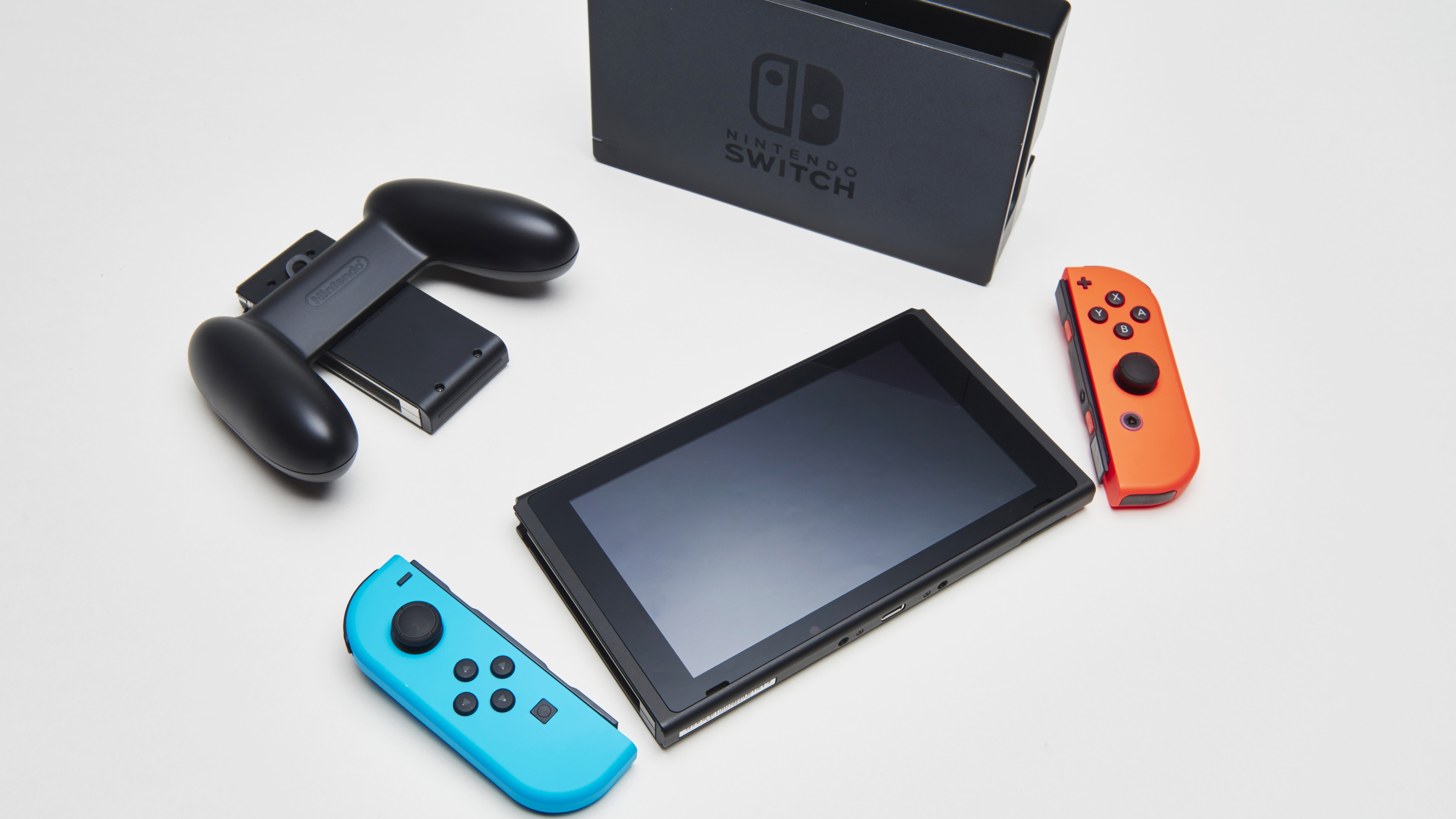
Nintendo Switch has a screen inside the console itself. You can remove the handheld part from its cradle (the screen part looks a bit like a smaller Wii U pad) and continue your game on the move. So, you can switch (yes, the clue is in the name) from playing on the sofa to playing while you're out and about. And there are a multitude of ways to set up your Switch, whether you're letting it stay put or holding it in your hands.
We've chronicled all these Switch setup methods from the debut trailer and the brief showcase on The Tonight Show (where Jimmy Fallon got to put his mitts all over the device), and those visual aides go a long way to understanding how Switch works. But here's a semi-condensed rundown: you can play with the Switch docked into its base station to play on your TV (with the option to use a Pro Controller), snap the two included Joy-Con controllers to the sides and treat it like a Wii U GamePad on the go, stand the screen up with the built-in kickstand and use the Joy-Con controllers wirelessly, or do the same and use the Joy-Con controllers sideways like Wii Remotes for instant two-player action. Essentially, it's a go-anywhere device that should accommodate whatever way you want to play your Switch games.
The Nintendo Switch has made appearances at a few conventions and trade shows, so even though it's not out, there have been chances to sit down with the hardware. But right now, we’re just jealous that somebody appears to have already got one. There’s an unboxing video and several photos of the platform.
For some more examples of the touchscreen in action, here’s some footage from a Nintendo Switch event. Plus we’ve seen some photos of what the interface will look like, including the light and dark modes for menus.
How powerful is it?
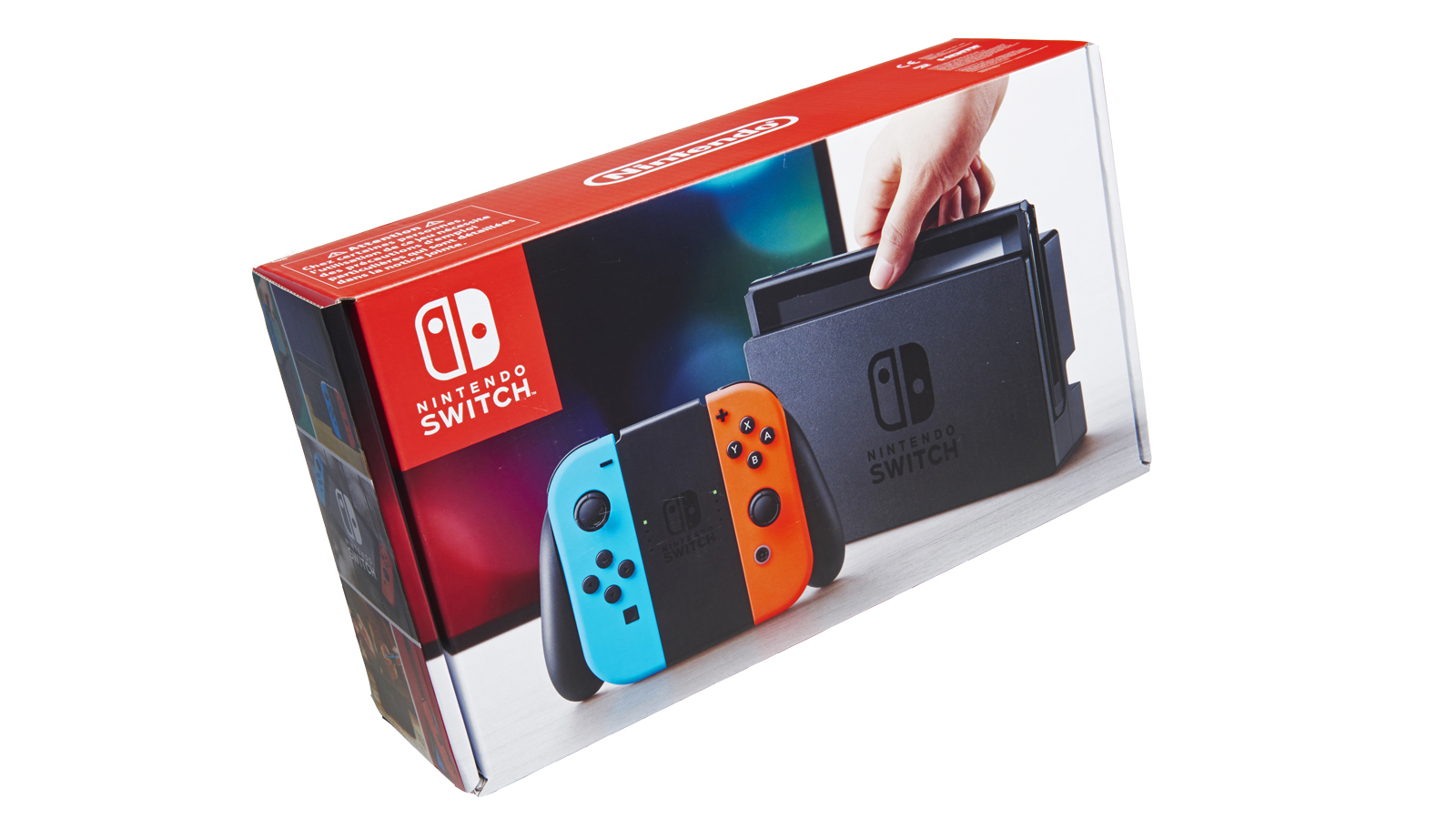
Put simply, the Switch will not be as powerful as the Xbox One or PS4. But if you're familiar with Nintendo, you've probably come to expect consoles that opt for innovative designs over pure graphical muscle. In terms of nitty-gritty specs, Switch uses a custom Nvidia Tegra X1 chip, and its multitouch screen is a 720p resolution display (with rumors of 1080p output to your TV when docked). We've done an extensive deep-dive into what the Switch's CPU and GPU speeds mean in layman's terms, but the bottom line is that the Switch is well behind the competition when it comes to graphics, and it has to go into a constrained low-power mode when taken out of the TV-connected dock and made portable.
Unless you're dead-set on 4K gaming and more pixels than the human eye can perceive, don't let that deter you - Nintendo has proven that it doesn't need cutting-edge visual tech to produce incredibly fun, gorgeous-looking games, like the brilliant, 60fps Super Mario 3D World. If anything, Nintendo Switch should prove that 'good enough' is good enough when it comes to graphics, and the gameplay will do the rest.
Sign up to the GamesRadar+ Newsletter
Weekly digests, tales from the communities you love, and more
What games can you expect to play?
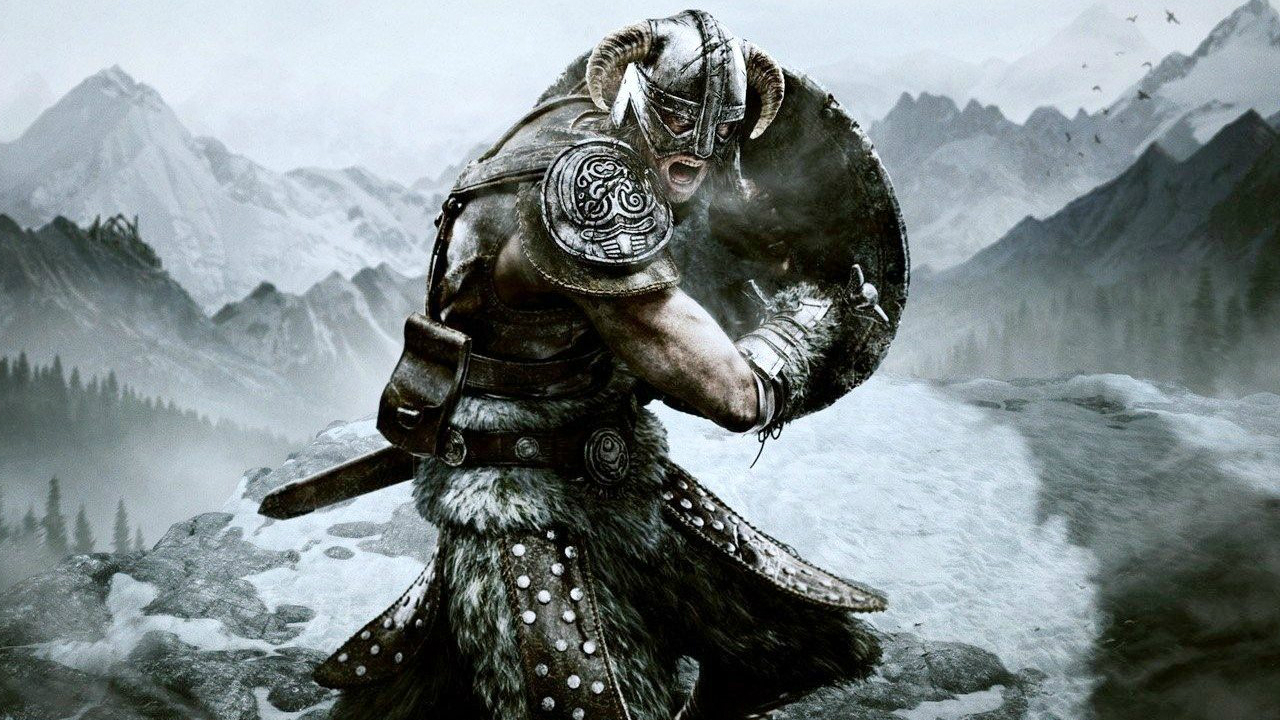
Zelda: Breath of the Wild is the highlight of the launch line-up, and you've probably already read our review. Aside from that you can grab 1-2 Switch if you fancy a party game, Super Bomberman R, Skylanders Imaginators, and I Am Setsuna. The stand-out non-Zelda game, though, is Snipperclips.
Later in 2017 Mario is back in a new 3D platformer that sees him warping between worlds of varying outlandish, including the bizarre sight of seeing the portly plumber running alongside the 'normies' of a bustling metropolis. We'll have to wait until the holiday season to play Super Mario Odyssey, but that new cap-throwing mechanic (and the mere fact that Mario's hat is seemingly alive now) has us stoked already.
Meanwhile, Splatoon 2 will be making a splash on Switch this summer, retaining the core multiplayer-focused gameplay of the first - cover everything in your team's ink - and expanding it with additional weaponry that plays off the dual-wielding sensation of the JoyCons. Expect it to be just as colorful and chaotic as the first.
Nintendo previously teased us with a simple screenshot of the many developers actively working on Switch projects, but now we've seen a hot, hot sizzle reel of the games headed to Switch from third-party companies. Some highlights include Ultra Street Fighter 2, a new Shin Megami Tensei RPG, the previously seen Skyrim port, and the further adventures of Sonic the Hedgehog and No More Heroes' Travis Touchdown. We'll have a complete list of the upcoming Switch games shortly, along with their planned release windows.
Later this year Nintendo will unveil Virtual Console support for Switch, and is expected to be bringing classic GameCube titles to the console.
What else does Switch do?
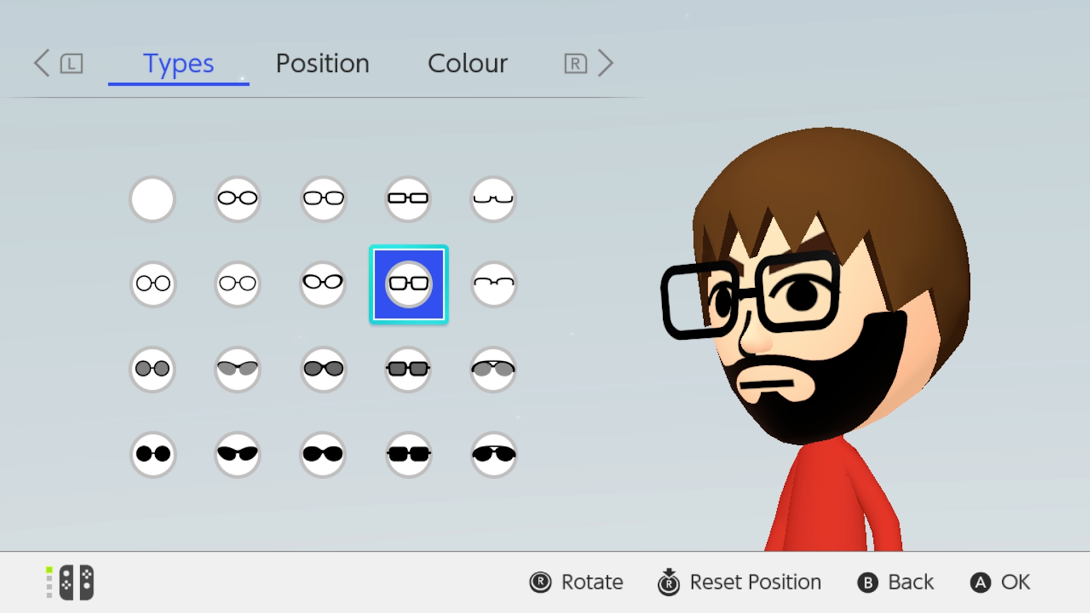
If you've been collecting loads of Nintendo's plastic, feature-unlocking figures for the past few years, and shuddered at the thought of them becoming obsolete on the newest console, fear not. Switch is confirmed to have amiibo support, which should function with the same 'tap the figure base to the controller' activation as the Wii U GamePad and New Nintendo 3DS XL (what a mouthful). As ever, you can expect figure compatibility and the bonuses they provide to work on a per-game basis, where character figures from the same franchise as the game in question are typically supported.
Also, in a translated interview, company president Tatsumi Kimishima stated that Nintendo isn't ruling out VR support on Switch, but it'll be a long while before the console goes down that route, if at all. "In terms of how it can be used for gaming, it's something we must consider... I can't say that we have no interest in VR because VR offers new ways of playing, but that depends on what kind of software can be played," said Kimishima. Even with Oculus, HTC Vive, and PlayStation VR all currently on the market, VR gaming still hasn't taken root with the mainstream, and it looks like Nintendo isn't keen on rushing out its own version before the platform has proven its long-term worth. Also, we could really do without a Virtual Boy 2 situation.
